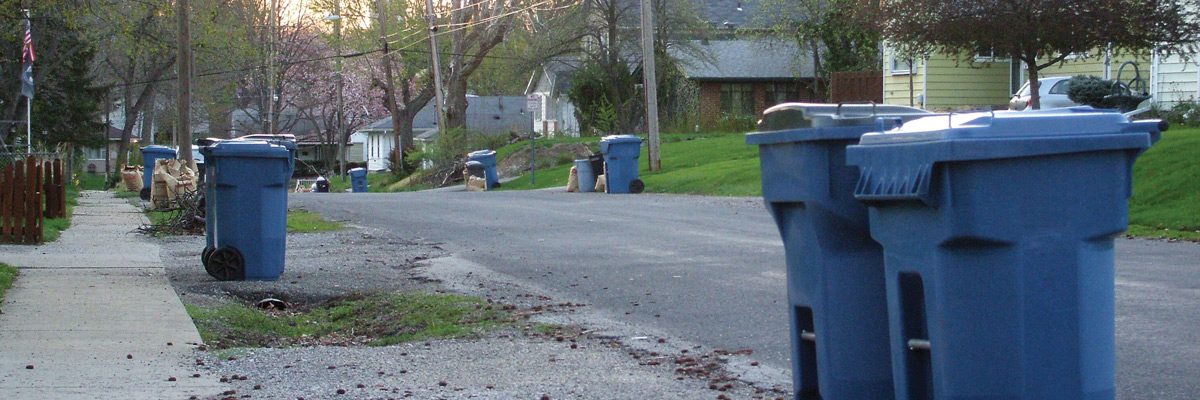I know this and the following posts may seem off topic. What does simplicity or frugality have to do with home energy conservation. Well to use an extreme example, what if you simplified your life by using no generated electricity. So much in your life would change. No computer, no telephone, and no lights at night. While that would be thought of as extreme by some and it would only save my household a couple of thousand dollars a year, it is still an interesting concept. This blog here makes a good place to start.
http://www.word-works.com/simple/
Choose Simplicity
Thoughts on Voluntary Simplicity
Welcome to Clay and Judy
Woods’ homepage.
Many simplicity gurus urge us to become “tightwads” as the true path to a simple life. But voluntary simplicity and frugality are not really the same thing. To be sure, frugality is a vehicle for achieving simplicity, but the driving force is a vision, a philosophy, a world view.
If life were a poem, simplicity would be the poet, frugality the line and meter.
If life were a painting, simplicity would be the artist, frugality the paint and brushes.If life were a building, simplicity would be the architect, frugality the hammer and boards.
Voluntary simplicity is about freedom. It’s about owning your own life. Frugality is living with less of what money can buy. Voluntary simplicity is wanting less.
Soon after beginning our partnership more than 35 years ago, we made a revolutionary discovery. It changed our lives then and it continues to make us “different” now. You’ve heard it before: “time is money.” What we discovered is that’s not true – time is better than money!
This revelation has allowed us to be content in our work or to change that work when it no longer satisfies. It has permitted us to spend less time acquiring things and more time acquiring experiences, insights, and relationships. It has encouraged us to lend a helping hand in our community, whenever the need arises, because we can make the time to do it. It has given us freedom and control of our lives.
:}
Go there and read in much larger print. More tomorrow.
:}









